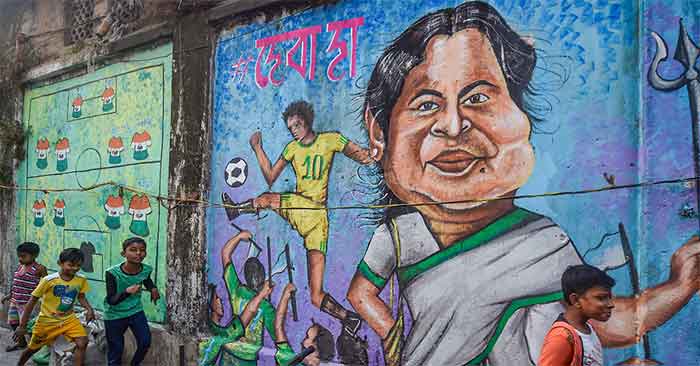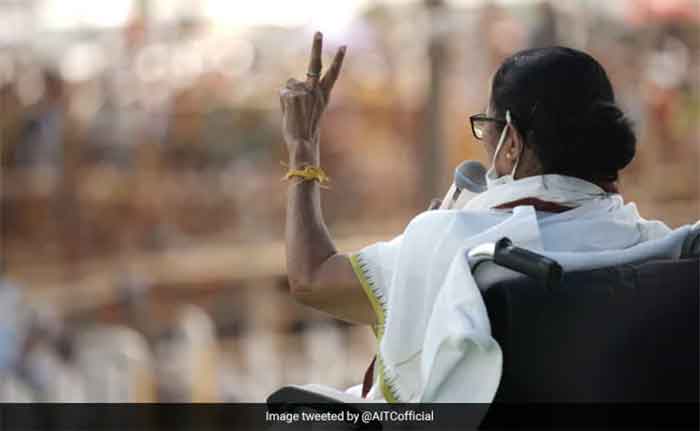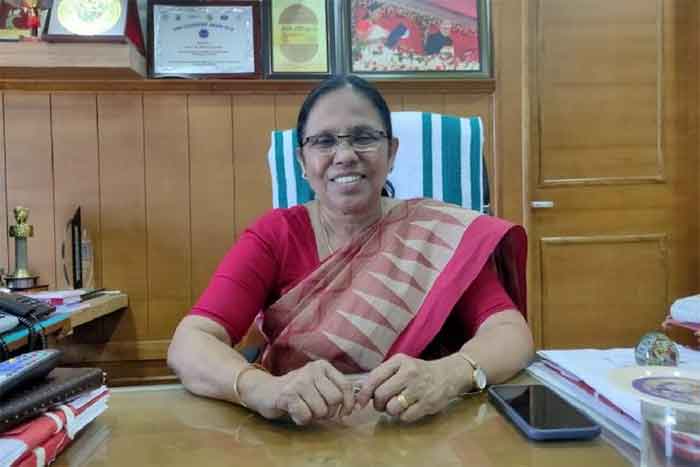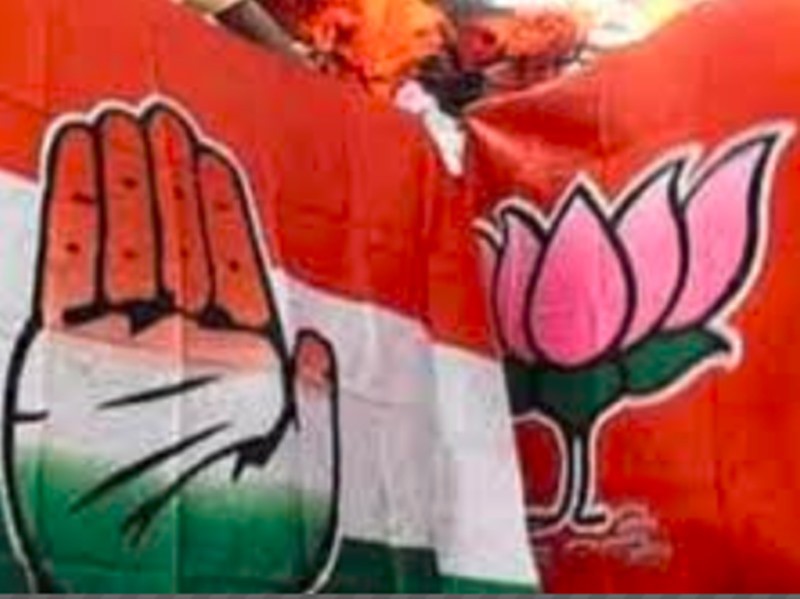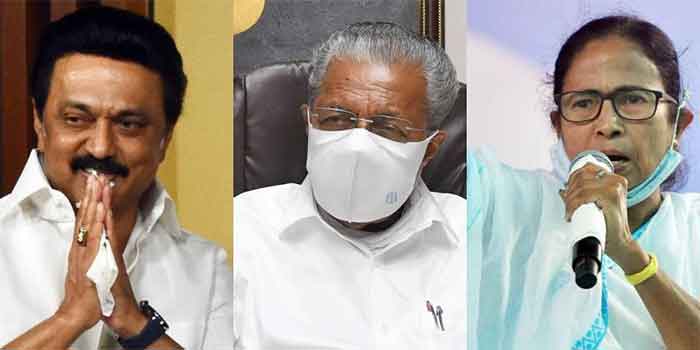
With COVID cases swelling everyday and the declaration of the results of four poll-bound states and one Union territory, few questions have arisen in the present scenario of Assam’s politics. While speculations ablaze on who would take over the stewardship of the state, another question that needs to be addressed, is the position of the regional parties in the state.
While one regional party preserved its honor in West Bengal, in Assam, the regional parties put up an extremely poor show, discounting the All India United Democratic Front led by Badruddin Ajmal which won 16 out of the 20 seats they had contested in. The power-packed performance of the AIUDF however cannot be taken into account going by the conventional Assamese notion of a pan-Assamese Hindu Regionalism, the champion of which has since its inception in 1985 been the Asom Gana Parishad.
A product of the Assam Agitation led by the AASU (All India Student’s Union) and the signing of the Assam Accord in 1985, the Prafulla Mahanta led Asom Gana Parishad came to power for the first time in the same year. However, they could not retain power for a consecutive term as the party was allegedly involved in a host of corruption allegations, banking on which the Congress came back to power.
The AGP came to power for a second time in 1996. These five years can be said to have marked an extremely cataclysmic time period in the history of Assam. Corruption, secret killings, blatant embezzlement of funds leading to a situation where the State Government employees would be denied their rightful salary for months, technically leading the state towards utter chaos and dismay.
The party thereafter was removed from power in 2001 and thereafter followed a period of its decline. While leaders like Bhrigu Phukan and Prafulla Kumar Mahanta forming their separate factions following splits in the party, in the early 90s and 2005 respectively, and Sarbananda Sonowal resigning from the party to join the BJP in 2011, the history of the Asom Gana Parishad has been filled with zenithal highs and extreme lows.
Amidst all this however, the spirit of regionalism still survived within the party domains, at least overtly and at least one section of the populace continued to remain loyalists of the party on the basis of that spirit.
However, with the merger of the AGP with the BJP in 2016 and the 2021 Assembly elections, the AGP has been reduced to the status of a mere shadow of the BJP, its existence and power being entirely dependent on the latter. As if the BJP is the supplier of the oxygen cylinder that is practically keeping it alive. Once the BJP withdraws the supply, it inevitable dies!
It is in fact the promise of development of the BJP and people’s faith in the party that aids most AGP MLAs retain power in their constituencies. Here, mention may be made of the constituencies of Bokakhat and Kaliabor. This became apparent from a pre-election survey I undertook with my colleague, where we travelled extensively in Upper Assam. In Bokakhat, the people, especially of a particular Missing Autonomous village complained of the fact that they had actually never seen the incumbent MLA and were extremely dissatisfied with him. However, in comparison to the Congress, since the BJP according to them showed them some ray of hope and since the AGP was in alliance with the BJP, they would vote for the incumbent MLA.
We noticed another interesting scenario in the Kaliabor constituency, where almost all Muslims that we interviewed expressed a strong discontent against the MLA, a major factor being the eviction drive in 2016 and the more recent demolition of mosques in the constituency. While both of these operations happened under the BJP government, the Muslims blamed the MLA for not taking any action against these events and not offering a helping hand to the sufferers of the incidents. The Caste Hindu Assamese that we interviewed presented a similar picture like in Bokakhat. While they were not satisfied with the MLA’s performance, they would vote for him as he was a candidate of the BJP-led Mitrajot and not on his own accord.
The AGP has performed quite unsatisfactorily in the 2021 elections, winning 9 out of the 29 seats they had contested in. The larger question here is, what is the position of the AGP without its alliance with the BJP? Could it have managed to even win these nine seats? While the AGP’s alliance with the BJP has undoubtedly benefitted the latter, helping it galvanize the regional spirits of the Assamese people along with its bait of development, identity and Hindutva, the AGP has in fact further deteriorated in terms of its independent status. Like a surveyor once said, “The AGP has been reduced to the status of the dead weight of the BJP”. Wonder how far it is true, and if it is actually the case, does it signify the decadence of Regional politics in Assam?
Swaswati Borkataki works as an Assistant Professor in the Assam Royal Global University, Guwahati.
GET COUNTERCURRENTS DAILY NEWSLETTER STRAIGHT TO YOUR INBOX

